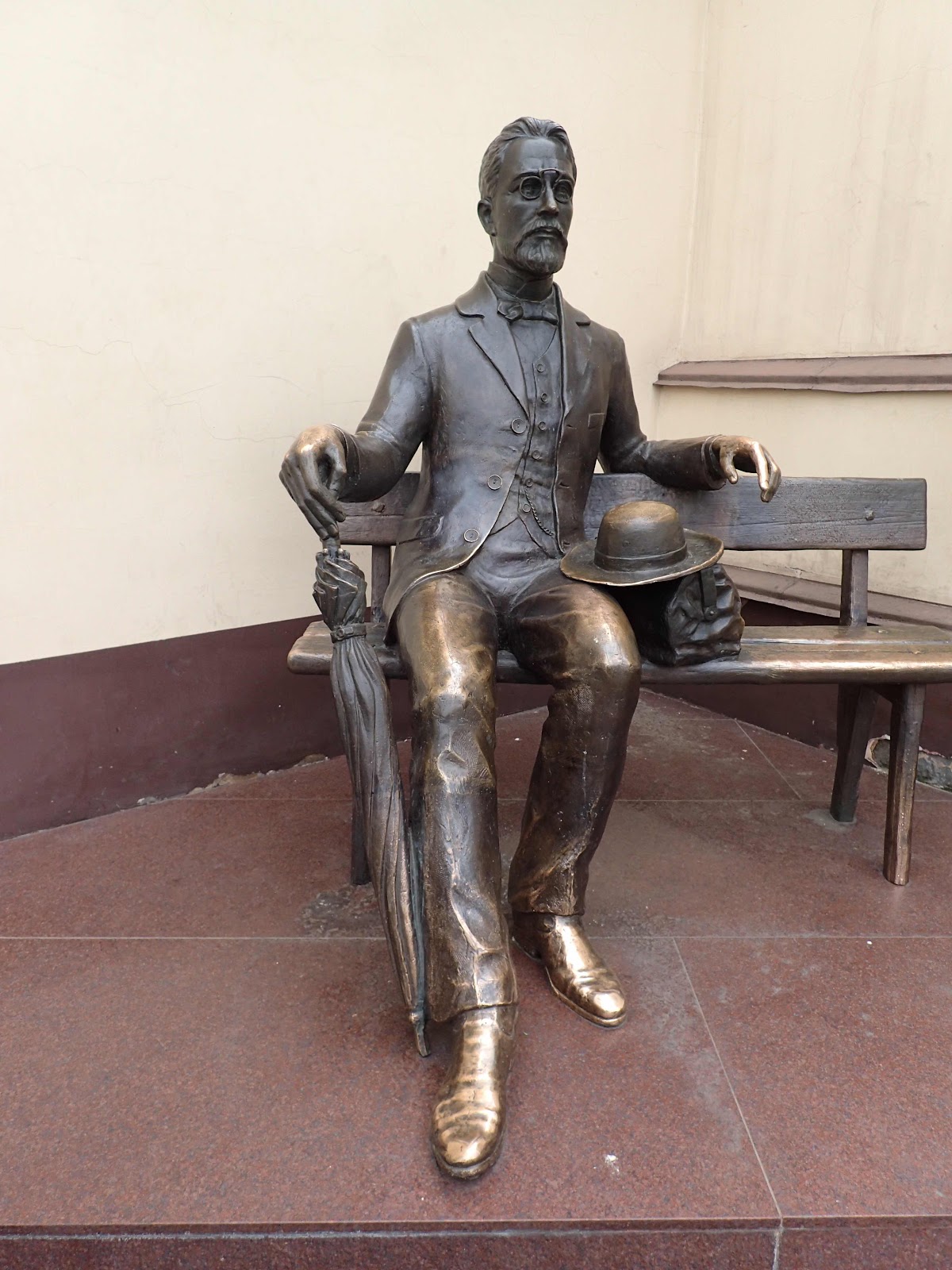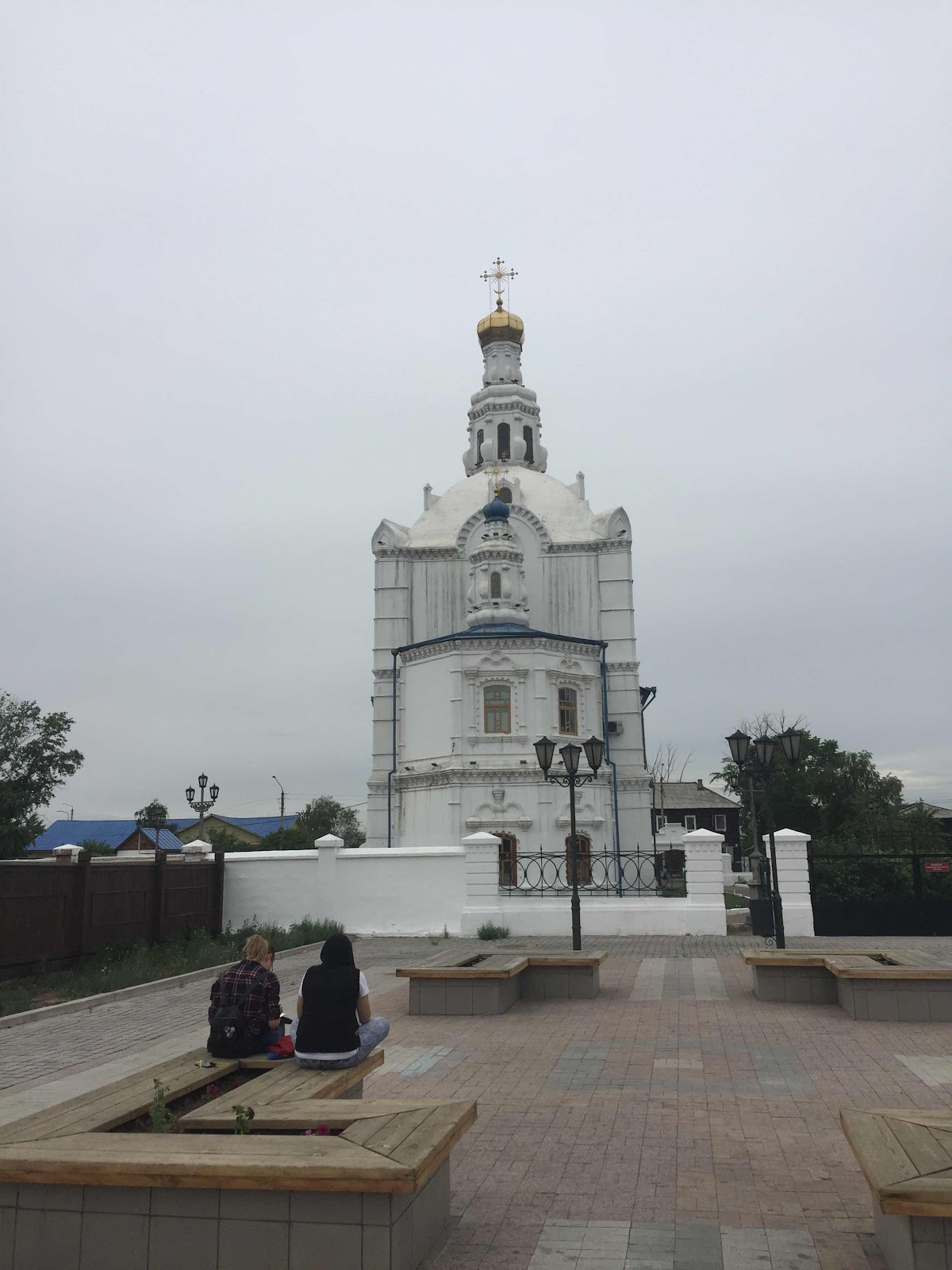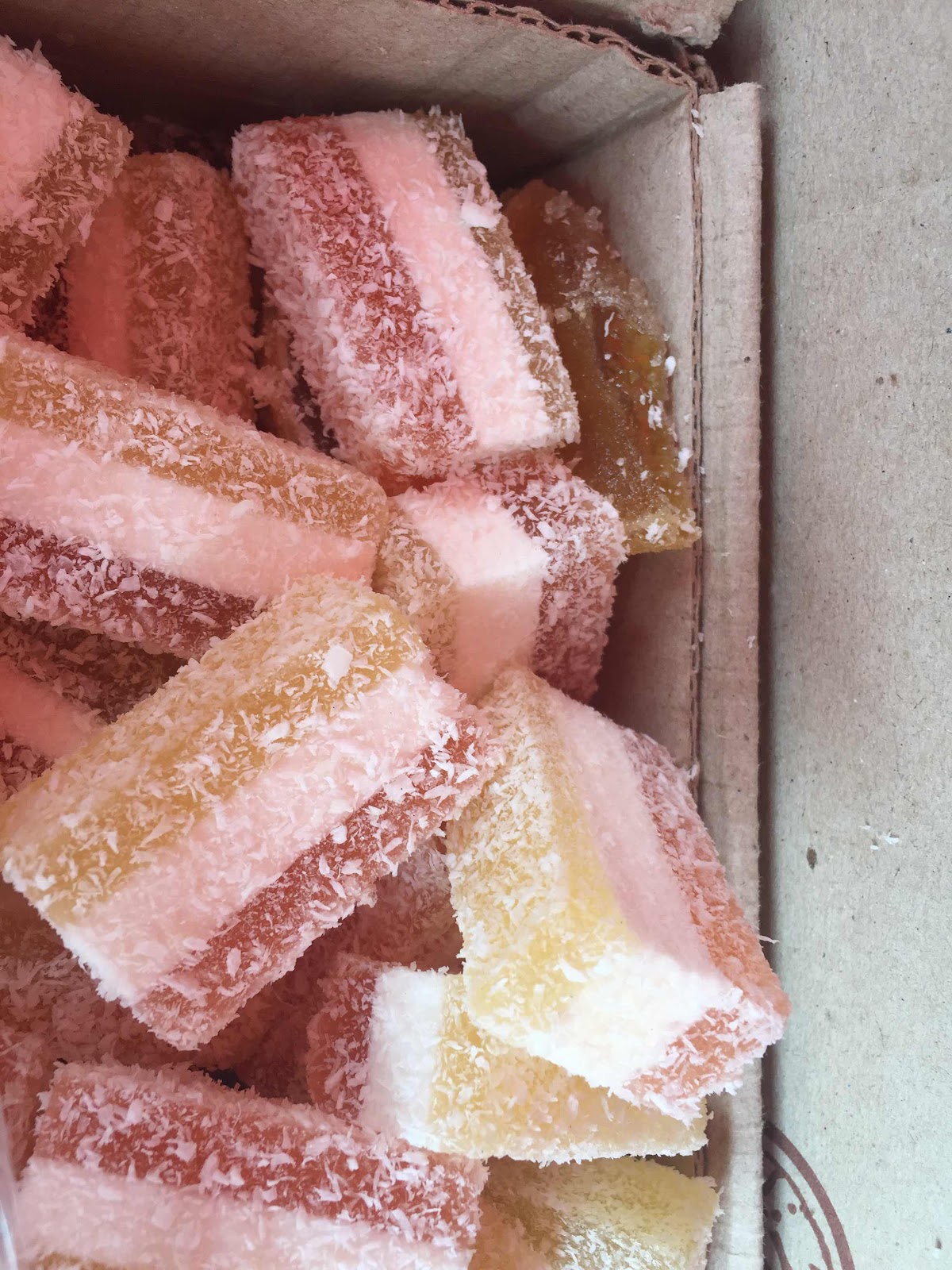Day 40: Ulan Ude, Buryatia, RussIa
We arrived in Ulan Ude in the afternoon
Traditional houses along the road into town
Captured our attention.
Ulan Ude is the capital of Buryatia
An indigenous republic which has
Recently become part of the Far Eastern Russian region.
There are two state languages
Buryat and Russian
Buryat people are a mix of Mongol and other ethnic groups
Ulan Ude is described as the being on the
Crossroads between Russia, Mongolia and China
The city population is about 450,000
Public statues commemorate Lenin,
Adventurers, prisoners, traders
Who have lived here or passed through.
There are six public theatres
Including a splendid opera and Ballet theatre
with local opera and ballet companies.
(Tickets for the opera cost $14NZ)
A poignant monument to the victims of
Political repression is the focus for a
Commemoration in October each year.
Buddhism is the predominant faith
But there are Russian Orthodox churches
The main one was restored in the early 1990’s
Traditional houses which are still being lived in. They are basic inside and have few facilities. Wood is the main source of energy.
Horse racing is one of the three main sports. Along with wrestling and archery.
A huge bronze statue of Lenin

Typifying traders. Trade is the historical focus of the city. It’s location is key to access to China and Mongolia. Huge train marshalling yards and many trains are on the move every day.

Typifying traders. Trade is the historical focus of the city. It’s location is key to access to China and Mongolia. Huge train marshalling yards and many trains are on the move every day.
Anton Chekhov who went through Ulan Ude en route to his evaluation of conitins of prisoners sent to the Sakhalin islands.

I looked up and was surprised by joy at seeing a copy of the Trinity an icon painted by Andrei Rublev in the 15th century.
I looked up and was surprised by joy at seeing a copy of the Trinity an icon painted by Andrei Rublev in the 15th century.
It has special meaning and association with the Third Space group in Auckland. It reminded me of friends and of hospitality and generosity.

The huge Russian Orthodox Church which was restored in the 90’s. It has two storeys with an altar on each. During the soviet era is was used as a storage place and for a while as an anti religious museum and affidavits from different religions were on display.

There are several wooden traditional houses that are over 200 years old near the cathedral.

And a farmers market with lots of sweet things.
And a farmers market with lots of sweet things.
This statue was created by a sculptor whose grandfather had been taken to the gulags. It portrays a mother in the front door step as her husband is taken away. She has no mouth to signify she cannot speak out. The child has a mouth and this signifies that the child will one day speak out about the injustice.
Wreaths are laid at remembrance services in October at the statue.
The gardener. She loves her garden. She is planting petunias, salvia, and violas - the names are the same in Russian.
We had a lovely guide for the day. Bayarma
Here she is near the playground beside the Orthodox Church.
We we very glad we had Bayarma to guide us on our walk around the city
We learned far more than if we had walked in our own.


Comments